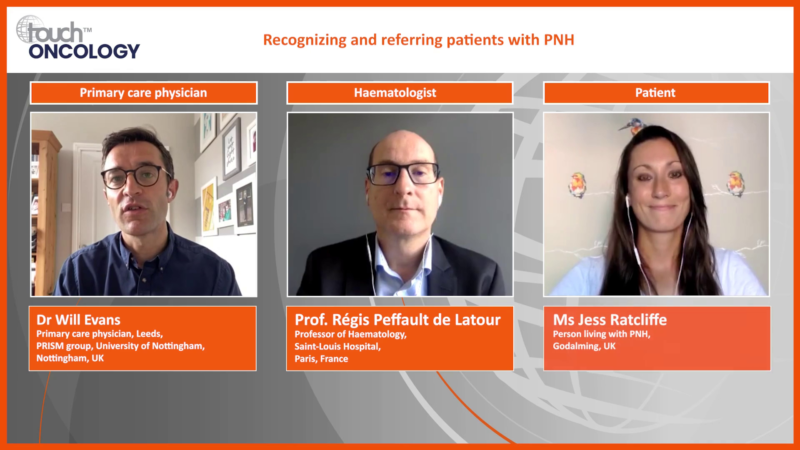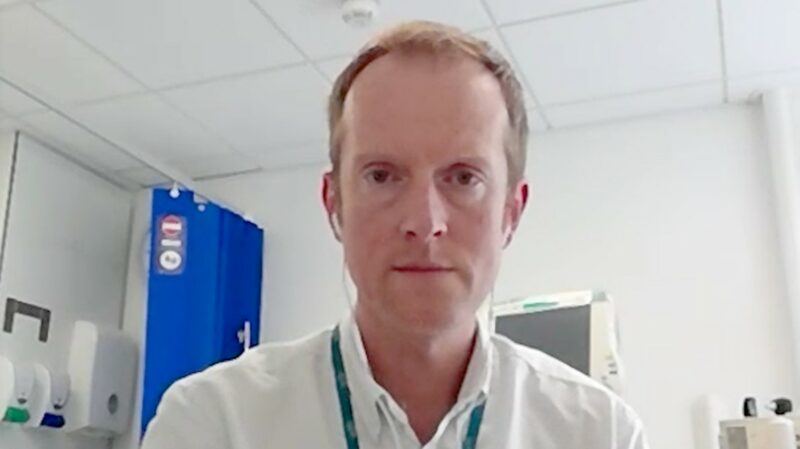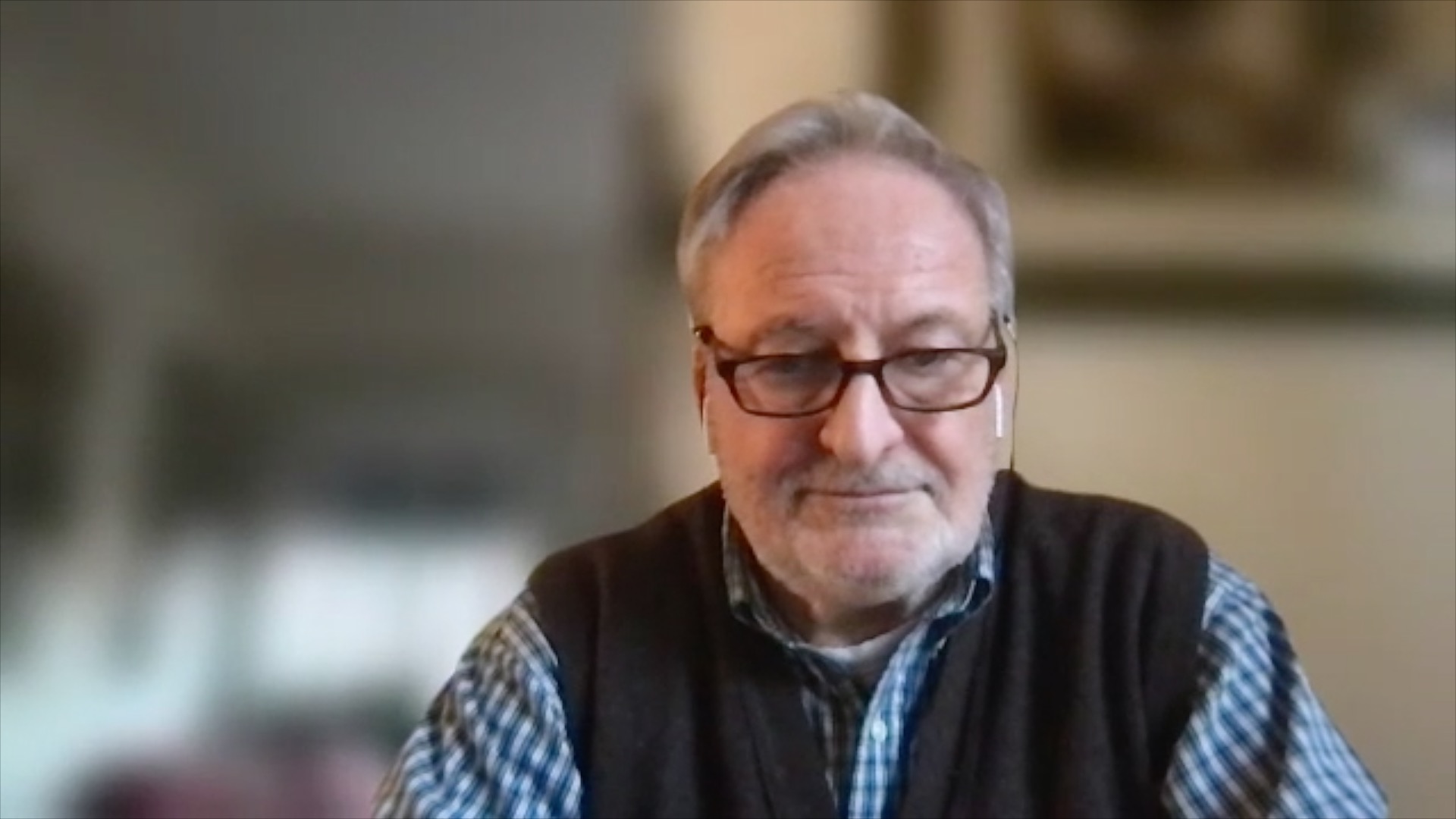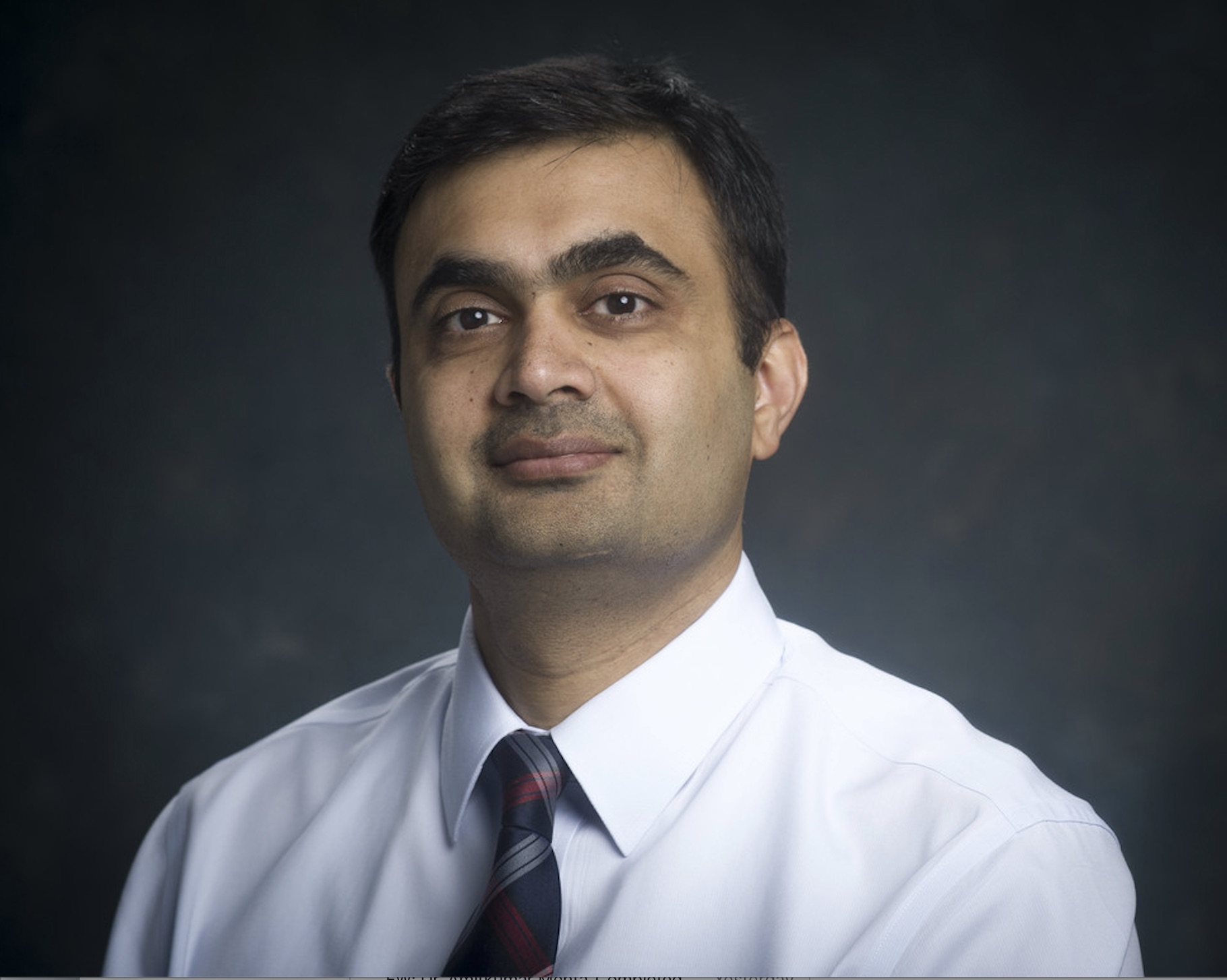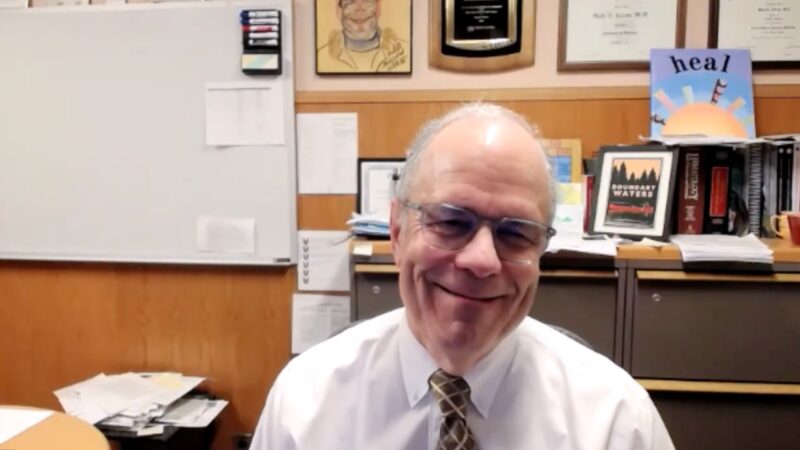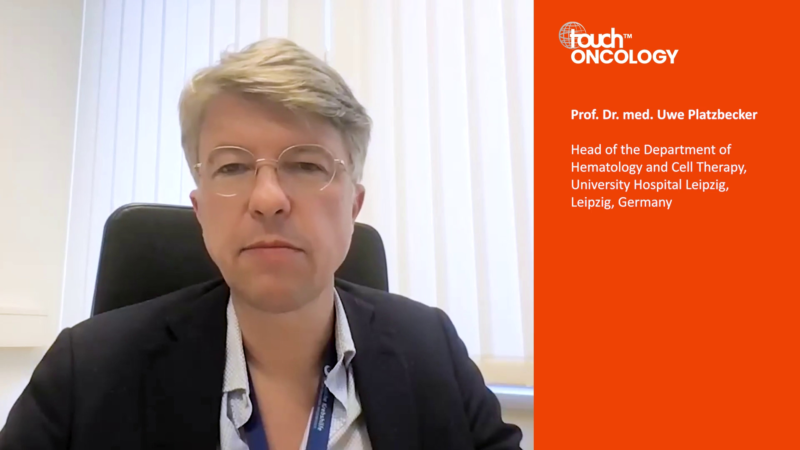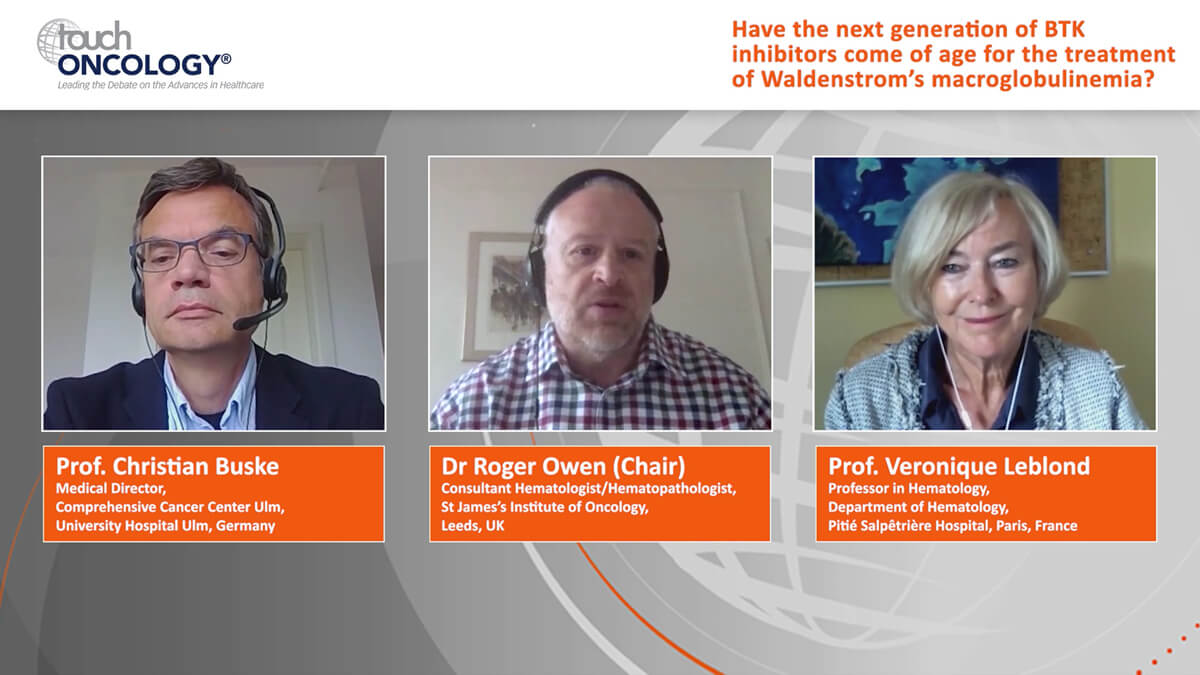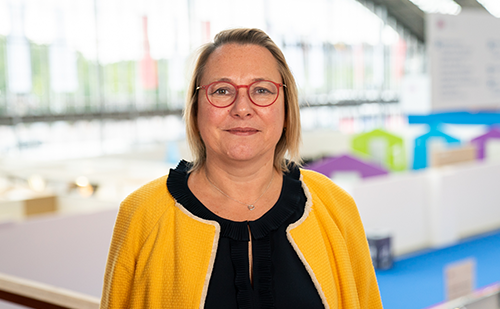Tutorial
This icon indicates there is a poll question. Click it when you see it to interact with your peers.
Tutorial
This icon indicates there is a poll question. Click it when you see it to interact with your peers.
Tutorial
This icon indicates there is a poll question. Click it when you see it to interact with your peers.
Tutorial
This icon indicates there is a poll question. Click it when you see it to interact with your peers.
touchIN CONVERSATION
 A relaxed discussion between two faculty focussed on real world clinical issues. Useful tips below will show how to navigate the activity. Join the conversation.
Close
A relaxed discussion between two faculty focussed on real world clinical issues. Useful tips below will show how to navigate the activity. Join the conversation.
Close
 A relaxed discussion between two faculty focussed on real world clinical issues. Useful tips below will show how to navigate the activity. Join the conversation.
Close
A relaxed discussion between two faculty focussed on real world clinical issues. Useful tips below will show how to navigate the activity. Join the conversation.
Close
Managing the practicalities of CAR T-cell therapies in patients with R/R MCL: Current considerations and future strategies
Learning Objectives
After watching this activity, participants should be better able to:
- Review current treatment strategies for relapsed/refractory mantle cell lymphoma, including the role of CAR T-cell therapy
- Formulate practical strategies for the management of CAR T-cell-associated toxicities and treatment failure in patients with relapsed/refractory mantle cell lymphoma
- Discuss future considerations for optimizing CAR T-cell therapy in relapsed/refractory mantle cell lymphoma
Overview
In this activity, haemato-oncologists with expertise in mantle cell lymphoma (MCL) and chimeric antigen receptor (CAR) T-cell therapy respond to questions from the community oncology, haematology and haemato-oncology communities on current treatment strategies for relapsed or refractory MCL and the role of CAR T-cell therapy, managing the toxicities of treatment with CAR T-cells, and future considerations for optimizing the use of CAR T-cell therapies in MCL.
This activity is jointly provided by USF Health and touchIME. read more
Target Audience
Haematologists, haemato-oncologists (including CAR T-cell therapy specialists) and oncologists (including community oncologists) involved in the management of mantle cell lymphoma.
Disclosures
USF Health adheres to the Standards for Integrity and Independence in Accredited Continuing Education. All individuals in a position to influence content have disclosed to USF Health any financial relationship with an ineligible organization. USF Health has reviewed and mitigated all relevant financial relationships related to the content of the activity. The relevant relationships are listed below. All individuals not listed have no relevant financial relationships.
Faculty
Dr Matthew Matasar discloses: Advisory board or panel fees from Genentech and Merck. Consultancy fees from Bayer, Juno Therapeutics, Roche/Genentech, Seattle Genetics, Takeda and Teva. Grants/research support from Bayer, GM Biosciences, Immunovaccine Therapeutics, Janssen, Pharmacyclics, Roche/Genentech and Seagen. Stock/shareholder (self-managed) in Merck. Other financial or material support from ADC Therapeutics, AstraZeneca, Bayer, Bristol Myers Squibb, Celgene, Epizyme, Immunovaccine Therapeutics, IMV Therapeutics, Janssen, Kite Pharma, Pharmacyclics, Regeneron, Roche, Seagen and Takeda.
Dr Amitkumar Mehta discloses: Advisory board or panel fees from BeiGene, Gilead, Incyte, MorphoSys and Seagen. Consultancy fees from ADC Therapeutics, Kyowa Kirin, Roche/Genentech and TG Therapeutics. Grants/research support from Bristol Myers Squibb, Forty Seven Inc., Gilead, Incyte, Juno Therapeutics and Takeda. Speaker’s bureau fees from BeiGene, Incyte, Ipsen and Kyowa Kirin and MorphoSys. Other financial or material support from ADC Therapeutics, Affimed, Bristol Myers Squibb, Celgene, Gilead, Innate Pharma, Kite Pharma, Merck, Roche/Genentech, Seagen and TG Therapeutics.
Content Reviewer
Alicia Canalejo, APRN has no financial interests/relationships or affiliations in relation to this activity.
Touch Medical Contributors
Sola Neunie has no financial interests/relationships or affiliations in relation to this activity.
USF Health Office of Continuing Professional Development and touchIME staff have no financial interests/relationships or affiliations in relation to this activity.
Requirements for Successful Completion
In order to receive credit for this activity, participants must review the content and complete the post-test and evaluation form. Statements of credit are awarded upon successful completion of the post-test and evaluation form.
If you have questions regarding credit please contact cpdsupport@usf.edu.
Accreditations
Physicians
This activity has been planned and implemented in accordance with the accreditation requirements and policies of the Accreditation Council for Continuing Medical Education (ACCME) through a joint providership of USF Health and touchIME. USF Health is accredited by the ACCME to provide continuing medical education for physicians.
USF Health designates this enduring material for a maximum of 1.0 AMA PRA Category 1 CreditTM. Physicians should claim only the credit commensurate with the extent of their participation in the activity.
The European Union of Medical Specialists (UEMS) – European Accreditation Council for Continuing Medical Education (EACCME) has an agreement of mutual recognition of continuing medical education (CME) credit with the American Medical Association (AMA). European physicians interested in converting AMA PRA Category 1 CreditTM into European CME credit (ECMEC) should contact the UEMS (www.uems.eu).
Advanced Practice Providers
Physician Assistants may claim a maximum of 1.0 Category 1 credits for completing this activity. NCCPA accepts AMA PRA Category 1 CreditTM from organizations accredited by ACCME or a recognized state medical society.
The AANPCP accepts certificates of participation for educational activities approved for AMA PRA Category 1 CreditTM by ACCME-accredited providers. APRNs who participate will receive a certificate of completion commensurate with the extent of their participation.
Date of original release: 11 January 2024. Date credits expire: 11 January 2025.
If you have any questions regarding credit please contact cpdsupport@usf.edu.
To obtain the CE/CME credit(s) from this activity, please complete this post-activity test.
Claim CreditYou may also be interested in...

REGISTER NOW FOR FREE ACCESS TO
- 1000+ topical and insightful peer-reviewed journal articles
- 100+ hours of bite-sized congress highlights
- 10 major therapy areas packed with the latest scientific advances
- 150+ specialties offering learn-on-the-go medical education
- + Concise email updates and newsletters so you never miss out









